An intrusion alarm system, also known as an intrusion detection system (IDS) or burglar alarm system, is a security system designed to detect unauthorized entry or intrusion into a building, property, or restricted area. It consists of sensors, detectors, and alarms strategically placed throughout the premises to monitor signs of unauthorized activity.Burglar alarm systems are an essential component of home and business security, providing peace of mind and protection against unauthorized access and property crimes. They come in various types and configurations to suit different security needs and budgets, ranging from basic standalone systems to more advanced monitored systems with remote access and control capabilities.
Key components of a burglar alarm system may include:
Door and Window Sensors: These sensors detect the opening or closing of doors and windows and trigger an alarm if unauthorized entry is detected.
Motion Detectors: Motion detectors use infrared, microwave, or other technologies to detect movement within the protected area. They trigger an alarm when motion is detected in areas where there should be none, such as when the premises are supposed to be unoccupied.
Glass Break Sensors: Glass break sensors are designed to detect the sound or vibration of breaking glass. They activate the alarm when a window or glass door is shattered, indicating a possible break-in.
Control Panel: The control panel is the central hub of the alarm system, where all sensors are connected. It receives signals from the sensors and activates the alarm when unauthorized activity is detected. It may also include a keypad for arming and disarming the system and communication features for alerting authorities or monitoring services.
Siren or Alarm: The siren or alarm produces a loud sound when triggered, alerting occupants and potentially deterring intruders. It may be integrated into the control panel or installed separately in a visible location to attract attention.
Monitoring Services: Some burglar alarm systems are connected to monitoring services that continuously monitor the premises for signs of intrusion. When an alarm is triggered, the monitoring service notifies the authorities or designated individuals, who can then respond to the situation.
applications of burglar alarm systems:
Residential Properties: Burglar alarm systems are commonly installed in homes and residential properties to protect against burglary, intrusion, and unauthorized access. They provide homeowners with peace of mind and deter potential intruders from attempting break-ins.
Commercial Buildings: Burglar alarm systems are essential for securing commercial buildings, offices, retail stores, and businesses of all sizes. They help prevent theft, vandalism, and unauthorized access to valuable assets, merchandise, and sensitive information.
Financial Institutions: Banks, credit unions, and other financial institutions rely on burglar alarm systems to safeguard cash, valuables, and sensitive customer information. These systems are integrated with advanced security measures, such as vaults, safes, and access control systems, to provide comprehensive protection.
Industrial Facilities: Manufacturing plants, warehouses, and industrial facilities use burglar alarm systems to protect equipment, inventory, and facilities from theft, sabotage, and unauthorized access. These systems are often integrated with video surveillance, access control, and perimeter security measures for enhanced protection.
Educational Institutions: Schools, colleges, and universities deploy burglar alarm systems to ensure the safety and security of students, faculty, and staff. These systems help prevent unauthorized entry, vandalism, and intruders on campus grounds.
Healthcare Facilities: Hospitals, clinics, and medical centers utilize burglar alarm systems to protect patients, staff, and medical supplies from theft and unauthorized access. These systems are integrated with access control and surveillance solutions to enhance security in sensitive areas, such as emergency rooms and pharmacies.
Government Buildings: Government offices, courthouses, and municipal facilities rely on burglar alarm systems to safeguard sensitive information, equipment, and infrastructure from security threats. These systems are often part of comprehensive security protocols designed to protect critical government assets.
Residential Communities: Gated communities, condominium complexes, and residential neighborhoods use burglar alarm systems to enhance security and deter criminal activity. These systems provide residents with a sense of safety and help prevent break-ins and property crimes.

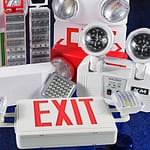



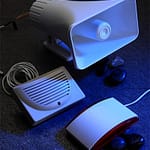
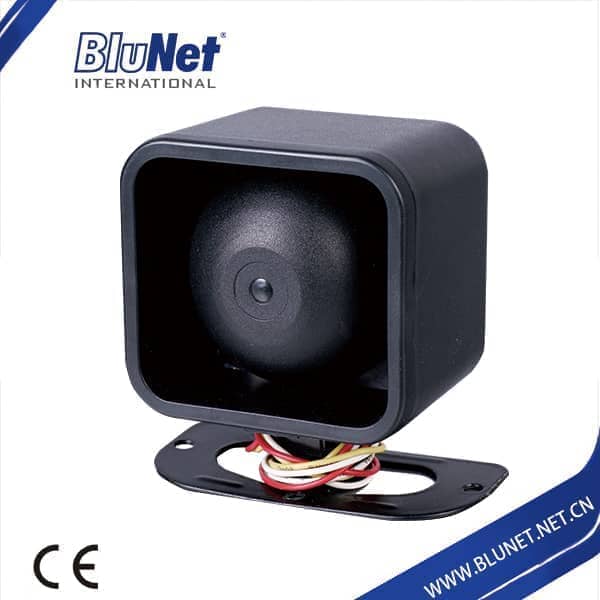
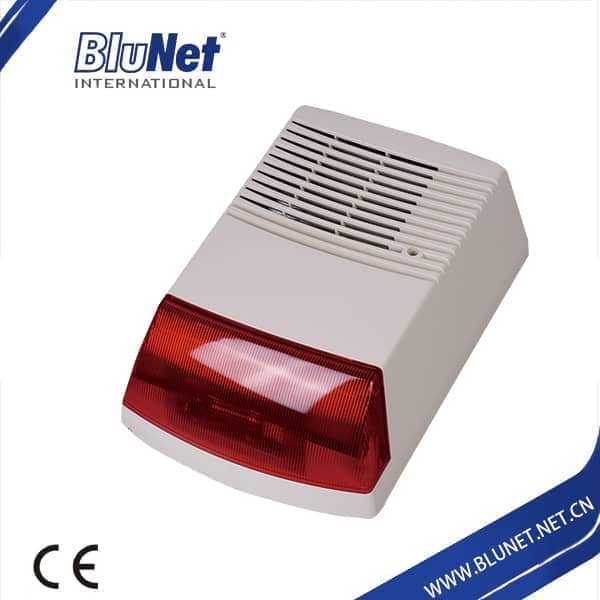
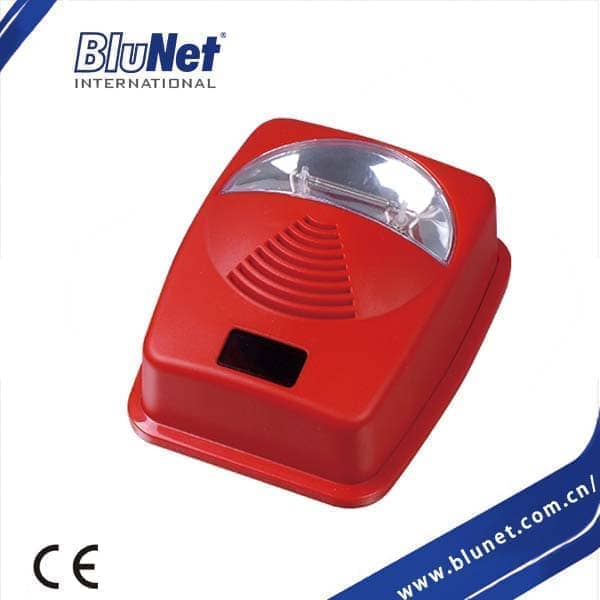
No comment